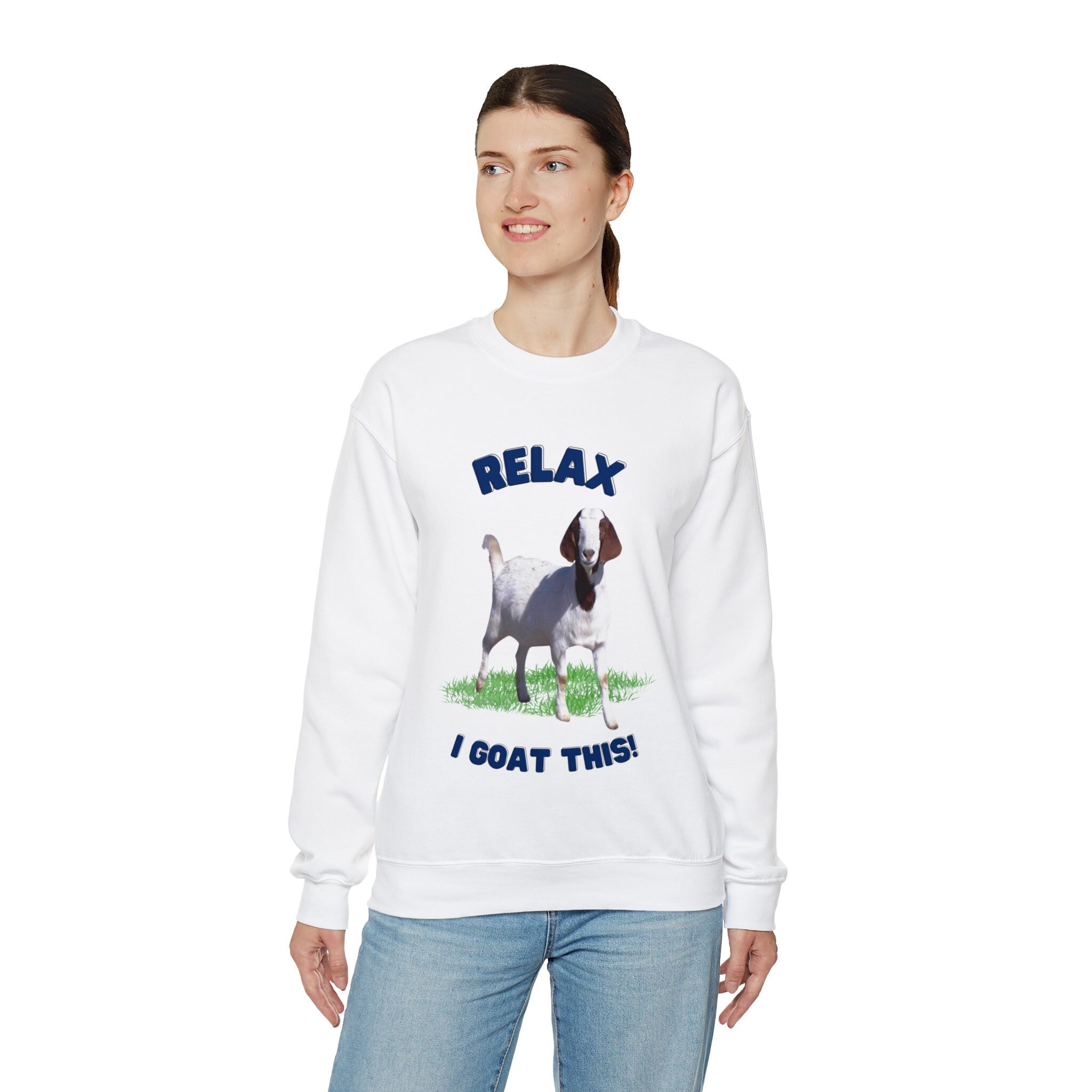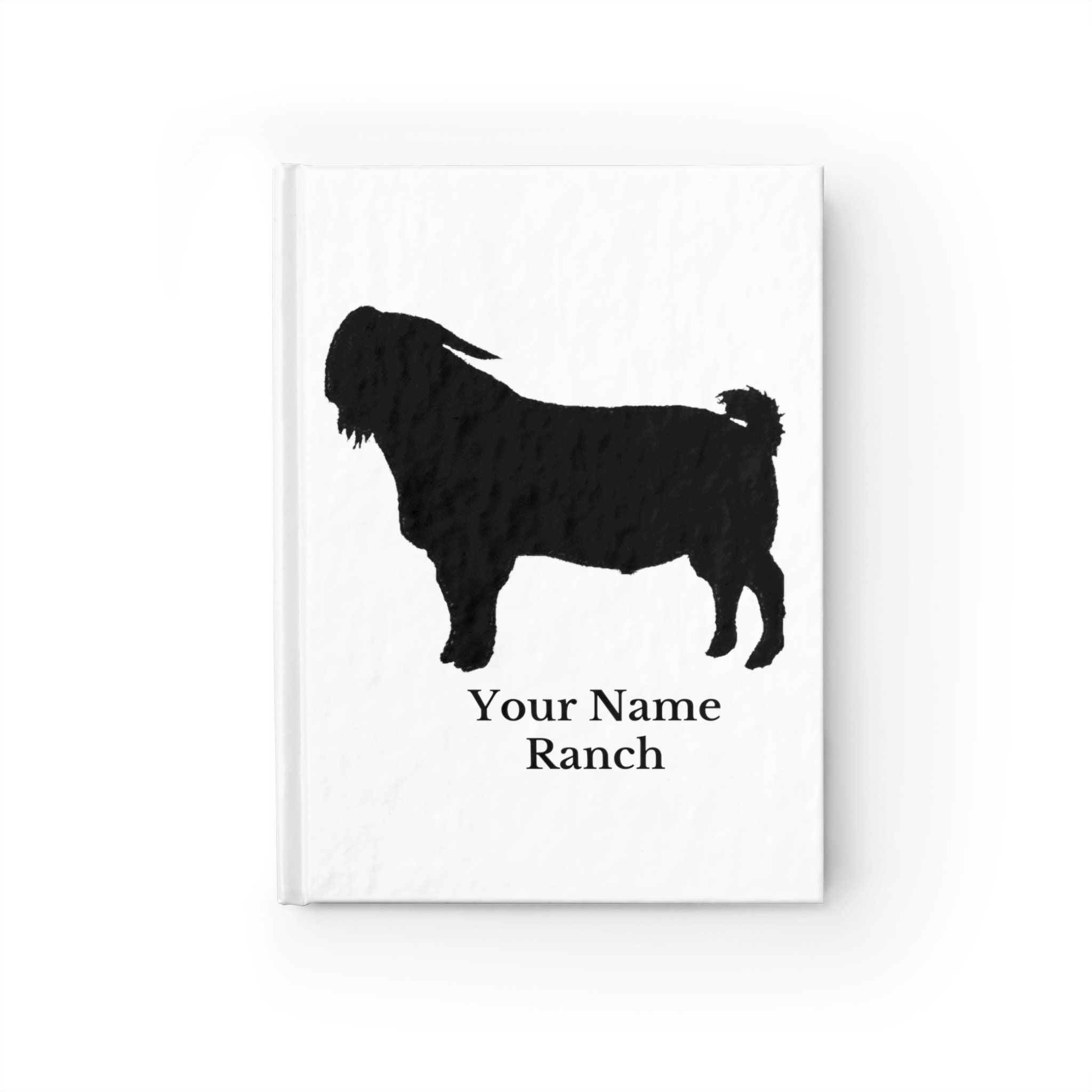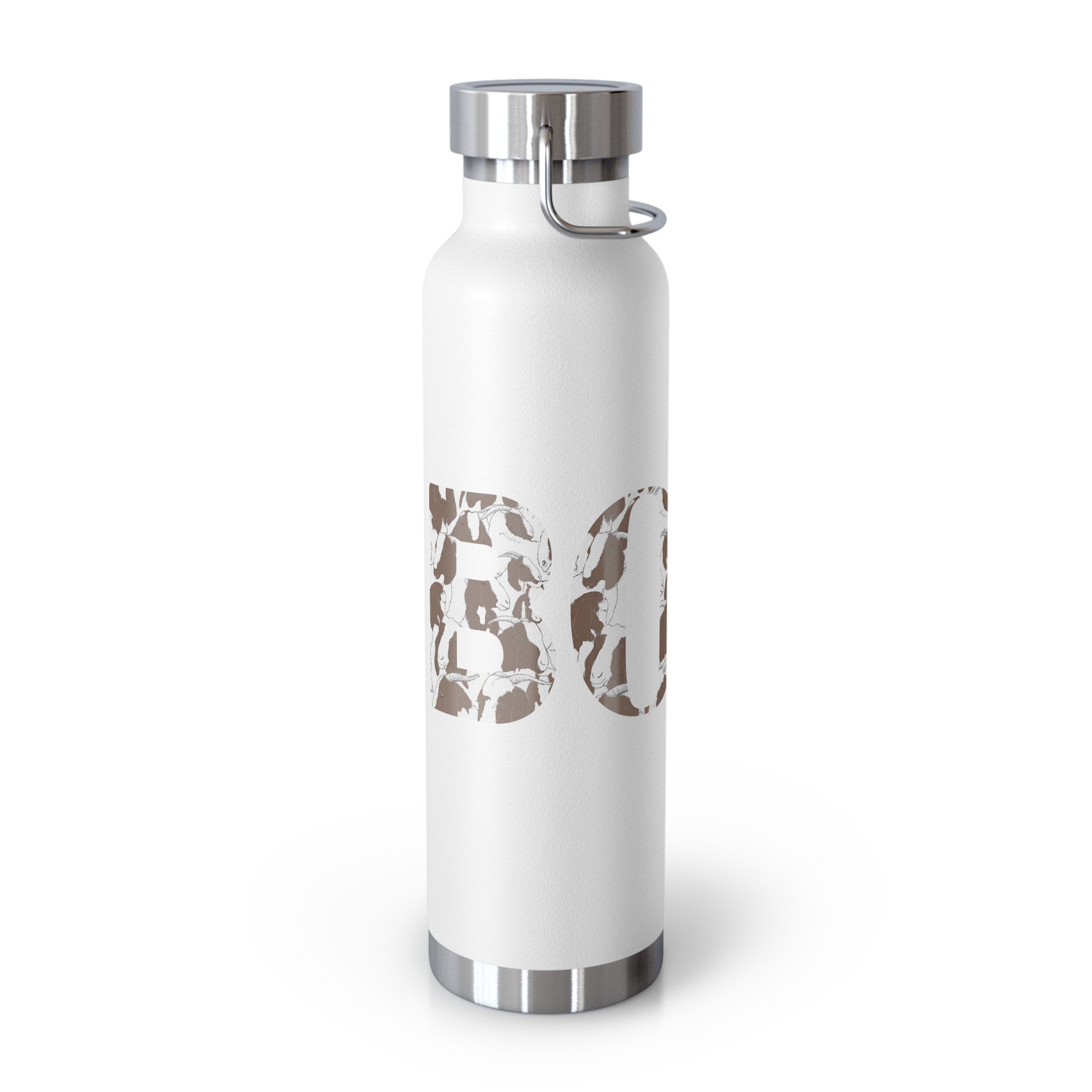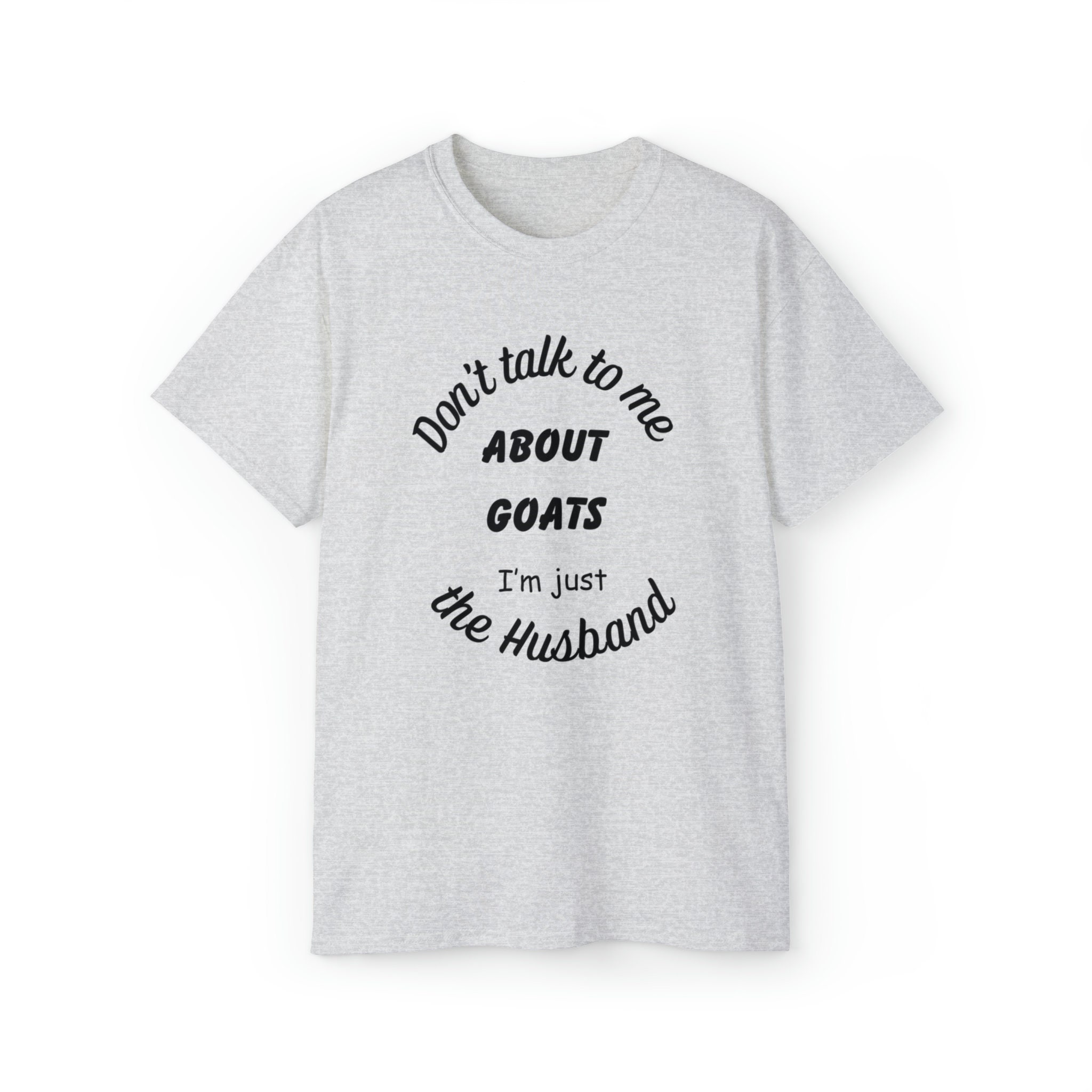Fencing for Goats
Fencing for goats is an unwelcome expense that every goat raiser must bear. Like so many others, I was unwilling to spend much money on fencing when we started raising goats. We put up 33 foot X 100 foot pens out of four foot welded wire on steel posts that were about 12 foot apart. It lasted one year. The strands of the welded wire would not hold up to the goats because they rubbed on it and stood on it to look over. The strands literally broke apart, causing a strangulation hazard. We started again, this time learning to do it right. Any breeder of dairy or pygmy goats can tell you horror stories about trying to keep their animals in fences. I have never had trouble with goats jumping my fences, because I have always raised meat goats, and meat goats are generally a calmer crowd. Meat goats are also heavier than most other types of goat, so they dont leap through the air as gracefully, or at all. I have heard that if you are going to use Spanish goats for your cross breeds, you need very high fences - they seem to be part antelope. However, I am well aware that the minute I tell you that meat goats dont jump, you are going to build 3 foot fences and go buy an entire herd of high vaulters. So I am not going to do that. Goats will be goats. The only difference with meat animals is that some will jump less than others, instead of all jumping higher than the last. Four foot fences have worked for me. These do need to be of a dense structure, because all goats will go through a fence if the opportunity arises. To make a good fence, you need four or five foot woven wire, not welded. The type that has 2 inch by 4 inch spaces between the strands, rather than 4 inch by 6 inch spaces, is better. The reason for the smaller holes is simply that most meat goats have horns, and they cannot get their head into a 2 by 4 hole to get their horns stuck. The fence posts should be no farther apart than 8 feet. Your fence will last a lot longer if you carry a couple bags of quick set cement and some water out to the fence line, and cement in your 4 to 6 inch treated wooden (or pipe) corner posts. Many people install a strand of electric wire on the inside of their fences, at about shoulder height to a goat (about 24 inches off the ground), and again at the top of the fence, to keep the goats from rubbing or standing on the wire. The importance of good fences cannot be overstated. A properly built fence stands for as long as it is needed, keeps goats where they belong, and provides protection from dogs and other predators. Fencing can also protect trees, shrubs and other sensitive areas from destruction. In a meat goat enterprise, fencing is often the biggest capital expense, especially if all new fence must be erected. Goat producers need to be concerned with three types of fences: 1) exterior (boundary or perimeter); 2) interior (cross or subdivision); and 3) barn lot (or corral). Perimeter fences are usually permanent and intended to last for many years with minimal repairs. They should be constructed of high quality materials. Predator control should be a primary consideration. Interior fences may be permanent or temporary. Barn lots or corrals need to be built to withstand greater animal pressure. There are differing opinions as to what is the "best" type of fencing for goats. Some producers may choose to use different fence types in different situations. Woven wire. Woven wire or "field fence" is the conventional goat fence. It consists of horizontal lines of smooth wire held apart by vertical wires called "stays". The spacing of the wires generally gets wider as the fence gets taller. Some manufacturers offer special "goat net" containing vertical stays 10 to 12 inches apart, rather than the more common 6 or 8 inches. The larger openings help horned goats get their heads out. Woven wire has the disadvantages of being expensive and difficult to install over hilly terrain. A four foot high woven wire fence, with one to two strands of barbed or electric wire along the top of the fence makes an excellent perimeter fence for goats. A strand of barbed wire along the bottom of the fence will serve as a "rust" wire and extend the life of the fence. An electric scare wire at shoulder height of the goat will reduce animal pressure and further extend the life of the fence. Another offset wire, approximately 7 inches up from the ground, will help deter coyote predation. High-tensile, woven wire fences are more expensive, but do not sag or stretch as readily as standard woven wire. They are more resistant to rust and are considerably lighter in weight. Barbed wire. Barbed wire fences can be effective for meat goats if the wires are evenly spaced and tightly stretched. Eight strands of 15 ½ gauge wire are recommended, with several twisted wire stays between posts. Barbed wire fences are easier and less expensive to construct than woven wire, but the barbs can cause serious injury to animals and the fence will not effectively deter predators. However, barbed wire can be used to rejuvenate old fences and reinforce woven wire fences. Barbed wire should not be electrified. Board. Board fences, commonplace on many horse farms, are generally not suitable as either interior or exterior fences for meat goats unless the boards are close together or strands of wire are placed between boards. Otherwise, kids and dogs can get through the gaps. Moreover, while board fences can be very aesthetic, they are much more expensive to construct and usually require costly upkeep. High-tensile, smooth wire, electric. Probably, the most effective and economical goat fence is a smooth wire, high-tensile electric fence, so called "smooth wire" because the wires aren't barbed and "high-tensile" because it is constructed of high tensile wire that can be strung extremely taut without breaking. Due to the greater tensile strength of the strands, high-tensile wire can be pulled tighter than standard electrified wire, which tends to sag over time. High tensile, electric fences require strong corners and end braces. Five, six or seven 12 ½ gauge high-tensile wires are recommended for goats. The bottom wires of the fence should be more closely spaced than the top. Wire spacings of approximately 6, 5, 5, 8 and 10 inches are common. In areas where there is relatively even rainfall and some green vegetation most of the year, it is recommended that all wires be hot. Ground return wires are recommended where there is low rainfall, stony and dry soil conditions or where the ground is frequently frozen or snow covered. It's a good idea to install switches so that wires can be grounded when the grass is tall or other situations warrant. |











